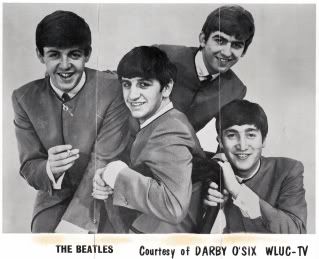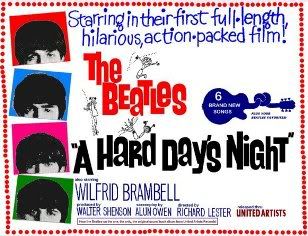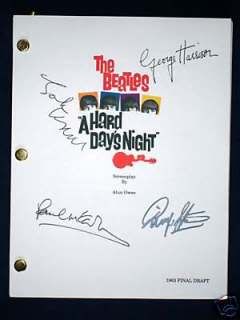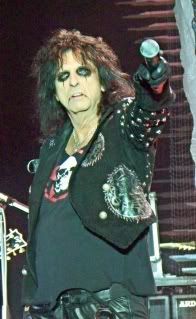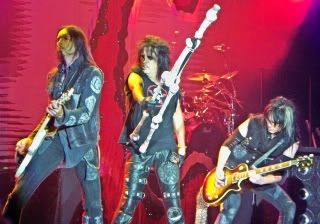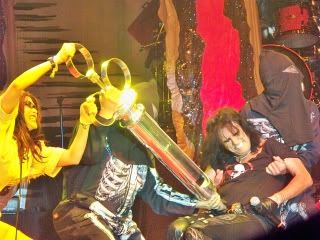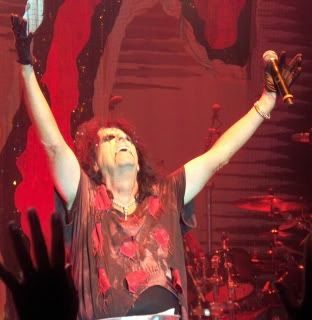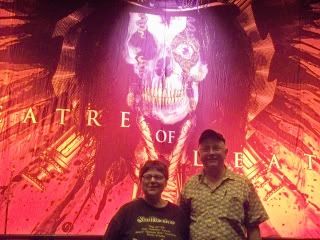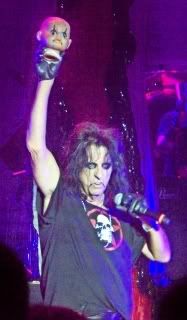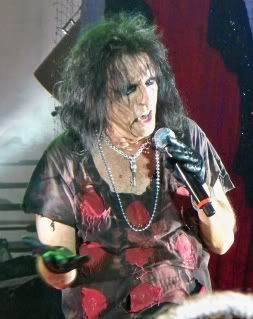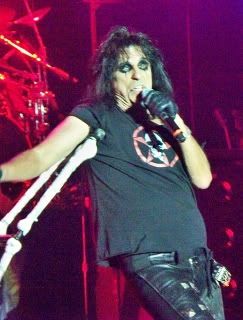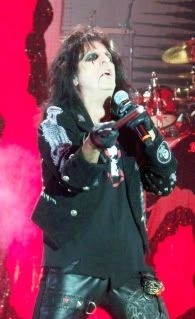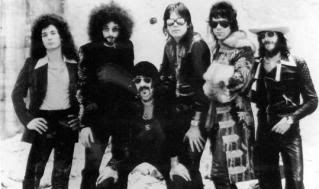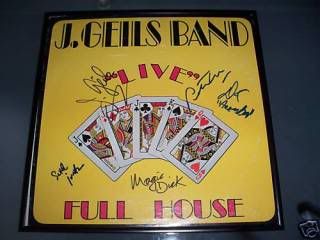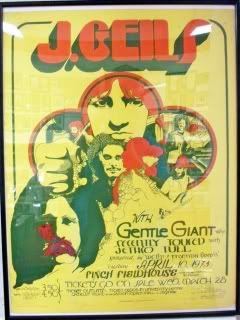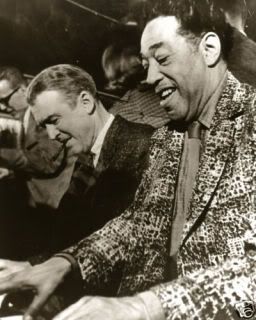
Actor Jimmy Stewart, left, and jazz great Duke Ellington
play the piano together during a scene from "Anatomy of a Murder,"
filmed entirely in the Upper Peninsula in 1959.
By STEVE SEYMOUR
Although music genius Duke Ellington recorded prolifically for decades, he composed his first movie soundtrack in the Upper Peninsula.
Ellington was on location in 1959 when "Anatomy of a Murder" was filmed at various locations in Marquette County, including Big Bay, Ishpeming, Marquette and Michigamme.
Before it was a motion picture and record album, "Anatomy of a Murder" was a best-selling novel by Ishpeming native John D. Voelker, who wrote under the pen name Robert Traver. Voelker, who died in 1991, was also well-known as an attorney, Michigan Supreme Court Justice and fly fisherman.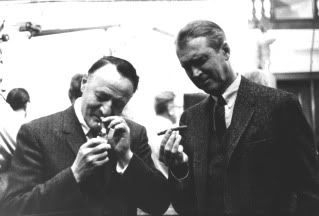
"Anatomy of a Murder" author John D. Voelker, left, and actor Jimmy Stewart enjoy a cigar on the movie set in 1959.
Producer/director Otto Preminger turned the book into an award-winning motion picture. Running two hours and 40 minutes, "Anatomy of a Murder" is a compelling courtroom drama.
While the movie impressed theater audiences, the soundtrack was equally striking.
Preminger had commissioned Ellington, probably the 20th century's greatest jazz musician, to compose an original score.
The jazz master had written short pieces for the movies, but this was his first (and only) full-length soundtrack.
Ellington arrived in Marquette County early in the morning on April 29, 1959, his 60th birthday.
He met Preminger for breakfast at the Mather Inn in Ishpeming, where Ellington was booked to stay, along with many of the picture's cast.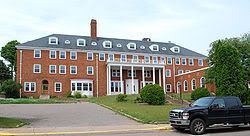
The Mather Inn
That evening Preminger hosted a birthday bash for Ellington at the popular Roosevelt Supper Club.
Ellington remembered the party in an audio interview promoting "Anatomy of a Murder": "They had a birthday dinner for me at the Roosevelt in Ishpeming and party, candles on the cakes, and everything else. It was wonderful. It's been a real great experience."
In coming weeks, Ellington composed much of the score at the Mather, which was added to the National Register of Historic Places in 1978.
Besides composing and recording the soundtrack, Ellington had a small cameo appearance as the owner of a road house.
In the scene, which took place at the Mount Shasta Lodge in Michigamme, Ellington's character, Pie Eye, plays piano with defense lawyer (and jazz aficionado) Paul Biegler, portrayed by Jimmy Stewart.
In addition to Stewart, the outstanding cast included newcomer Lee Remick, Ben Gazzara, Eve Arden, Arthur O'Connell, George C. Scott and Orson Bean.
Preminger brought a crew of 150 to Marquette for eight weeks of filming.
Adding excitement to the project, Preminger hired 300 locals as extras. Some had speaking roles.
Ellington composed the score while the black & white legal drama was being filmed, much of it at the Marquette County courthouse.
Shooting for "Anatomy of a Murder" concluded on May 16.
His soundtrack includes titles such as "Midnight Indigo," "Flirtibird," "Happy Anatomy," and "Windswept Sunday," among others.
Stewart's theme song is called "Polly," after his character's first name, while "Flirtibird" is the musical background for Remick.
Ellington commented on the latter song in the same interview: "Well, I saw the rushes the first Sunday in Ishpeming and then the minute I saw her (Remick) there leaning against that car I knew that I was on the right track
(with 'Flirtibird'). She absolutely appeared to be, you know, sort of flirting all the time which could easily be mistaken by someone and it was."
Composer Billy Strayhorn also contributed to the project.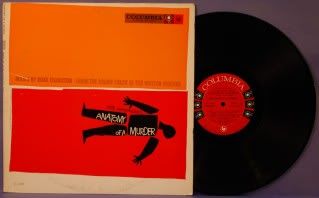
The long-playing record album includes 13 tracks from the motion picture. Stereo and mono singles were also issued by Columbia in 1959.
Recording sessions for the album were held at Radio Recorders in California on May 29, June 1 and June 2. Days later Ellington engaged his orchestra in separate recordings for the movie, which appeared under the Columbia Pictures banner.
The recordings feature standout performances by members of the Duke Ellington Orchestra, including Johnny Hodges, Paul Gonsalves, Ray Nance, Clark Terry and Harry Carney.
The original recordings were produced by Irving Townsend.
After recording with his orchestra, Ellington embarked on the U. S. summer jazz festival circuit and traveled to Europe later in the year.
World premiere for the movie was held at United Artists Theater in Detroit on July 1, 1959, with many of the major stars attending. The picture was nominated for six Academy Awards.
The Butler Theater in Ishpeming also hosted a premiere showing of the film.
Among the first major movies to feature a jazz soundtrack, "Anatomy of a Murder" was also acknowledged by the recording industry. 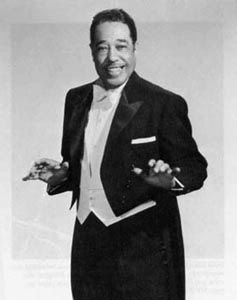
Ellington was honored with three Grammys on Nov. 29, 1959, during the the organization's second annual awards ceremony. He won as a composer for best soundtrack album as well as for best musical composition. The third Grammy lauded Ellington as an artist for best performance by a dance band.
The story of Ellington, who has over 2,000 compositions to his credit, is virtually the history of jazz in America. Born in 1899, Edward Kennedy "Duke" Ellington was a giant on the jazz scene from the early 1920's until his death in 1974.
While "Anatomy of a Murder" is recognized as a great movie closely reflecting its U. P. origins, many people don't realize the score was integral to the film's success.
Actually, I'm not alone in believing Ellington's soundtrack can stand alone as a virtuoso performance by America's greatest jazz composer and bandleader.
Many jazz musicologists, including famed trumpeter Wynton Marsalis, are convinced Ellington conceived and recorded a jazz masterpiece.
